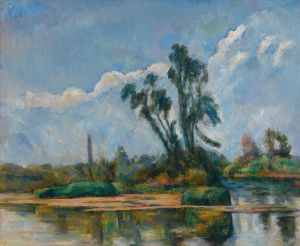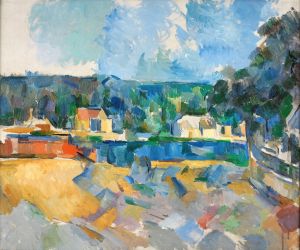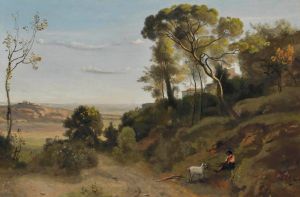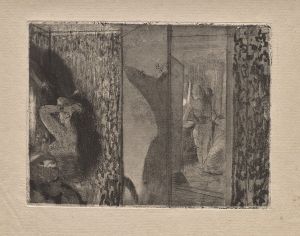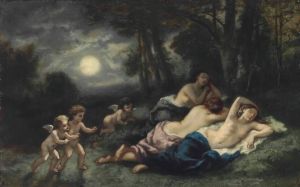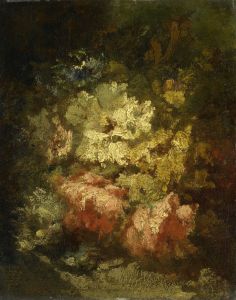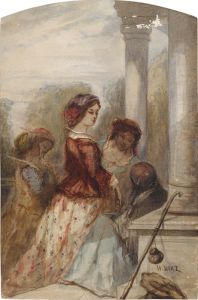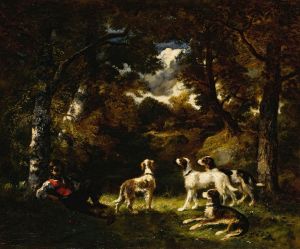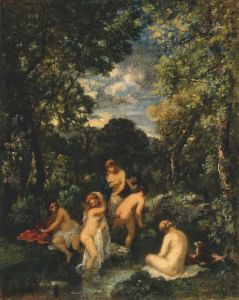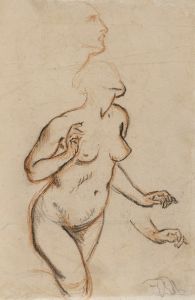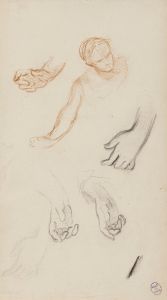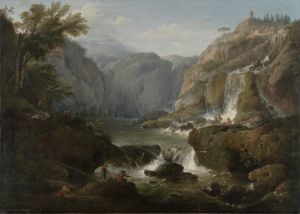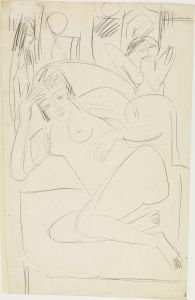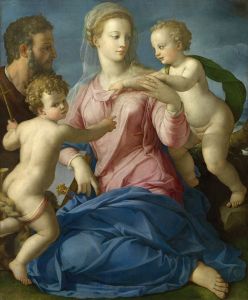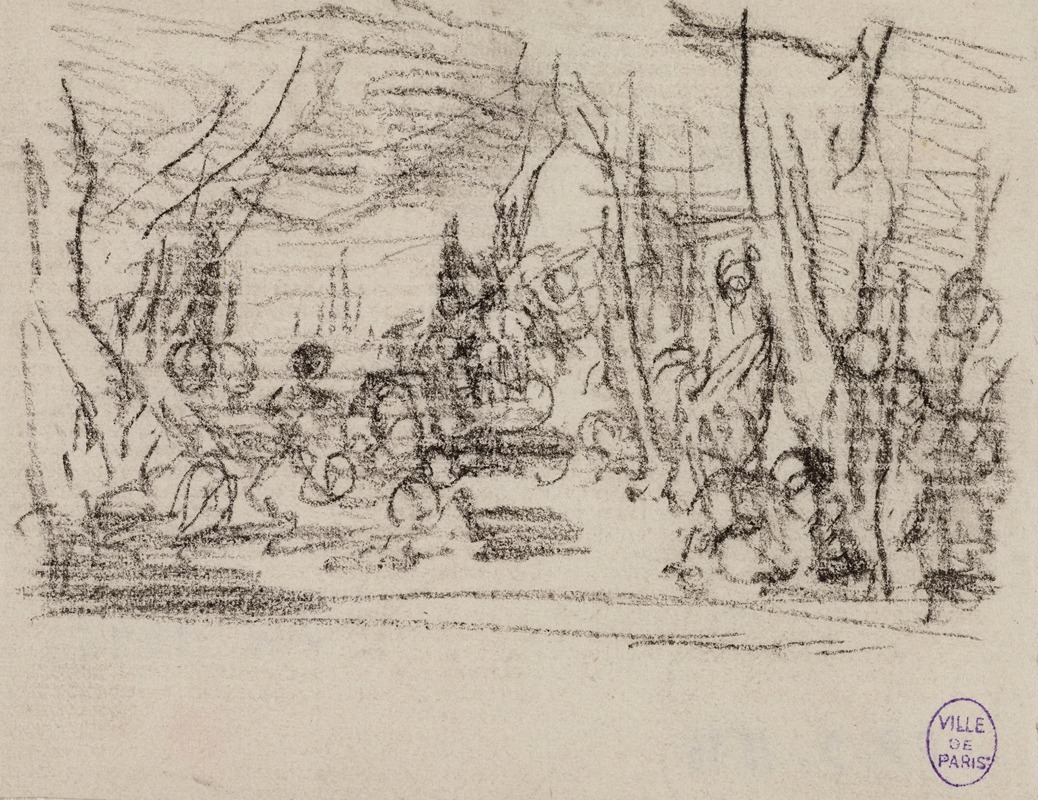
Esquisse d’une composition
A hand-painted replica of Narcisse-Virgile Diaz de La Peña’s masterpiece Esquisse d’une composition, meticulously crafted by professional artists to capture the true essence of the original. Each piece is created with museum-quality canvas and rare mineral pigments, carefully painted by experienced artists with delicate brushstrokes and rich, layered colors to perfectly recreate the texture of the original artwork. Unlike machine-printed reproductions, this hand-painted version brings the painting to life, infused with the artist’s emotions and skill in every stroke. Whether for personal collection or home decoration, it instantly elevates the artistic atmosphere of any space.
Narcisse-Virgile Diaz de la Peña was a prominent 19th-century French painter associated with the Barbizon School, a movement that emphasized naturalism and the depiction of landscapes. One of his works, "Esquisse d’une composition," reflects his artistic style and the influences that shaped his career.
Diaz de la Peña was born in Bordeaux, France, in 1807 to Spanish parents. He faced significant challenges early in life, including the loss of his father and a leg amputation following a snake bite. Despite these hardships, he pursued a career in art, initially working in a porcelain factory where he honed his skills in painting. His early experiences with decorative arts likely influenced his later work, which often featured rich colors and intricate details.
"Esquisse d’une composition" is an example of Diaz de la Peña's ability to capture the essence of a scene with a focus on mood and atmosphere. While specific details about this particular painting are limited, it is consistent with his broader body of work, which often includes lush, wooded landscapes and figures immersed in nature. Diaz de la Peña was known for his ability to convey the interplay of light and shadow, a technique that adds depth and dimension to his compositions.
The Barbizon School, with which Diaz de la Peña is closely associated, was named after the village of Barbizon near the Forest of Fontainebleau. This group of artists, including notable figures like Théodore Rousseau and Jean-François Millet, sought to break away from the formalism of academic art. They emphasized painting en plein air, or outdoors, to capture the natural world in its true form. Diaz de la Peña's work often reflects this philosophy, with an emphasis on natural settings and a preference for capturing transient effects of light and weather.
Diaz de la Peña's style is characterized by a romantic sensibility, often depicting idyllic scenes that evoke a sense of tranquility and beauty. His use of color is particularly notable; he frequently employed a warm palette that imbued his landscapes with a sense of vibrancy and life. This approach can be seen in "Esquisse d’une composition," where the interplay of color and form creates a harmonious and engaging visual experience.
Throughout his career, Diaz de la Peña exhibited his work at the Paris Salon, where he gained recognition and acclaim. His paintings were well-received for their emotive qualities and technical skill. Despite facing criticism from some quarters for his romanticized depictions, Diaz de la Peña remained a respected figure in the art world, influencing future generations of landscape painters.
In summary, "Esquisse d’une composition" by Narcisse-Virgile Diaz de la Peña exemplifies the artist's mastery of landscape painting and his contribution to the Barbizon School. Through his use of color, light, and composition, Diaz de la Peña captures the beauty and serenity of the natural world, leaving a lasting impact on the art of his time.





